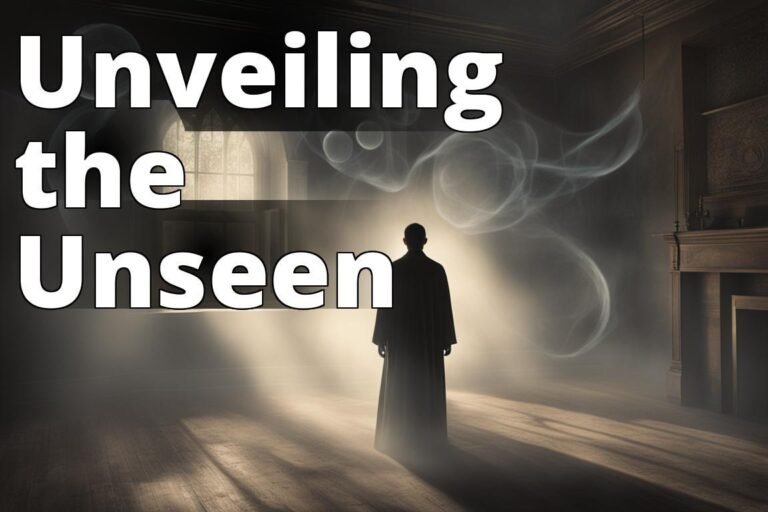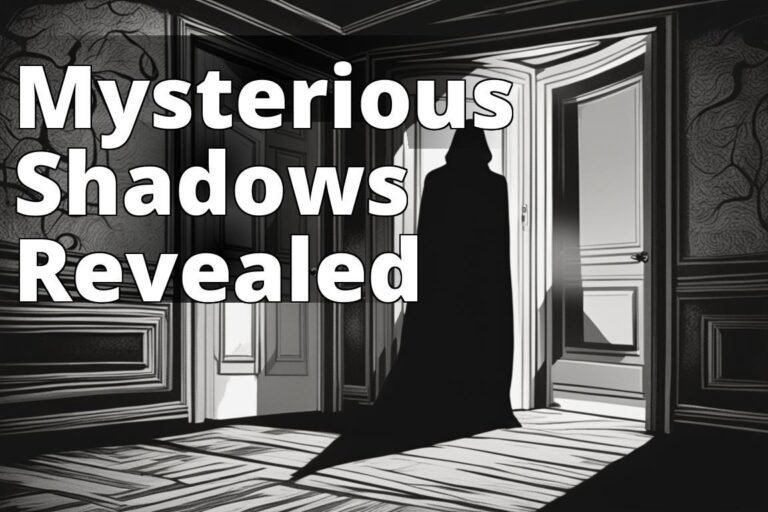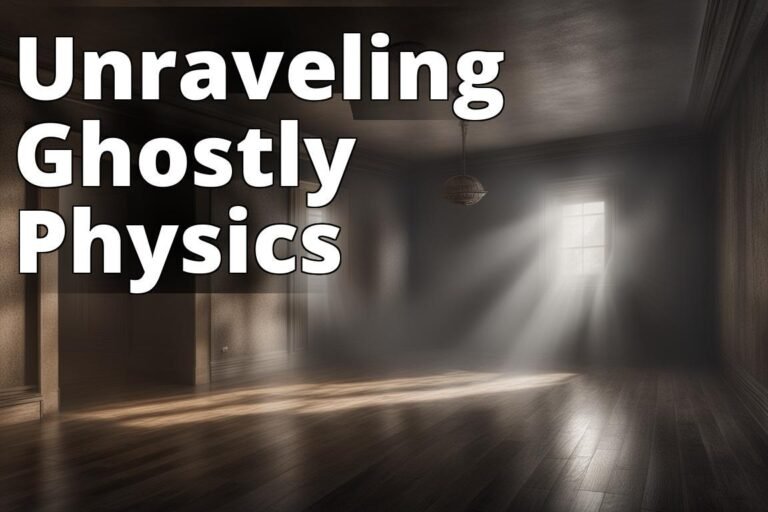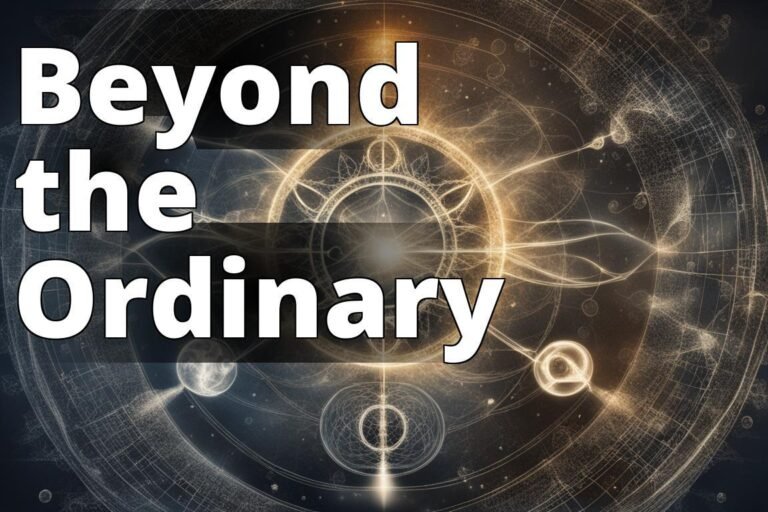Have you ever felt a chill down your spine when you’re alone, or heard a voice when nobody was there? It’s possible you’ve encountered one of the many types of hauntings and spirits that roam our world. Far from the simplistic ghosts and goblins of children’s tales, these entities can be complex, with motivations and behaviors as varied as any living being. Some seek to communicate, others to terrify, and a few may not even know they’re dead. Today, we’re diving deep into the spectral world to uncover the seven most common types of hauntings and entities, distinguishing the merely misunderstood from the truly malevolent.
Learn about Different Hauntings from Demonic Ones
By reading this article, you will learn:
– Intelligent hauntings involve spirits interacting with the living.
– Residual hauntings are repetitive energy imprints.
– Poltergeists are mischievous spirits causing disturbances.
1. Intelligent Haunting
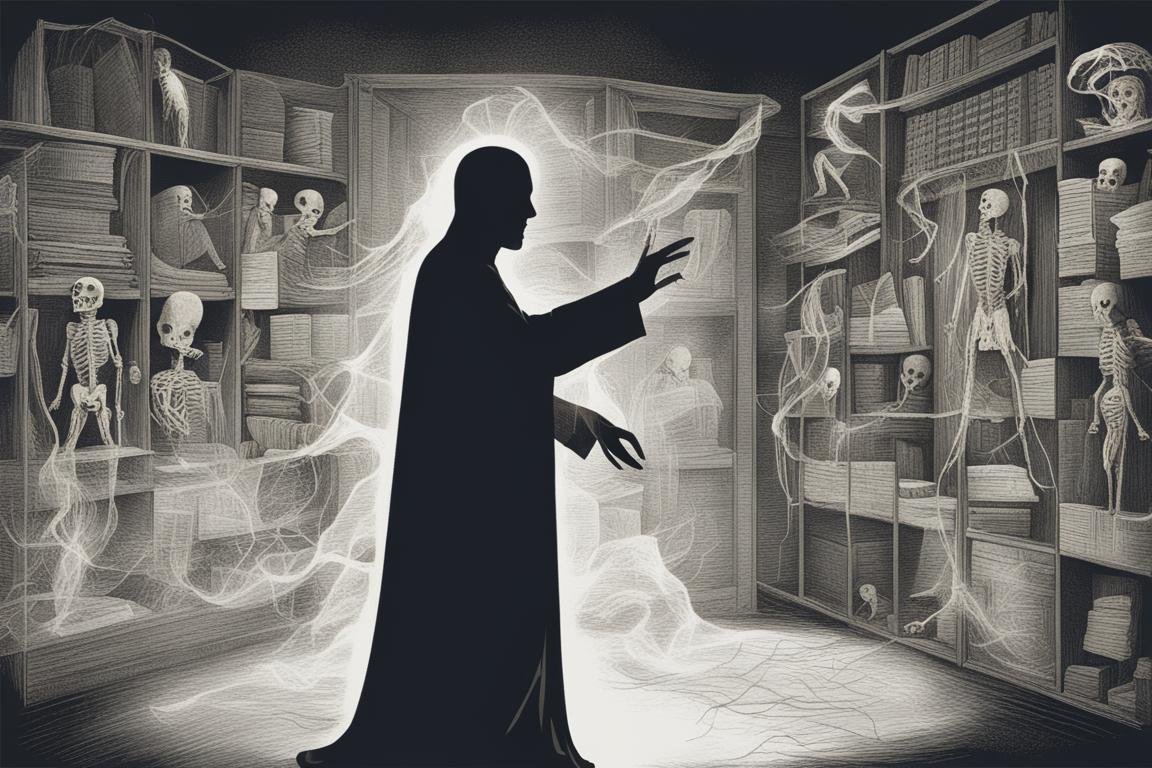
Intelligent hauntings are perhaps what most people imagine when they think of ghosts. These are spirits that seem to be aware of the living world around them and can interact with it in meaningful ways. My first encounter with what I believe was an intelligent haunting was in an old Victorian house in New England. Doors would open on their own, and you could hear whispers that seemed to respond to your questions. Unlike residual hauntings, these spirits can change their behavior based on what’s happening around them.
Experts believe that these entities remain because they have unfinished business or are attached to a particular place or person. Their interactions can range from friendly to downright hostile, depending on their history and how they perceive the living.
Insider Tip: Always approach these entities with respect and caution. If they’re communicating, they have a reason, and understanding that reason can be key to helping them move on.
2. Residual Haunting
Residual hauntings are fascinating because they’re not true interactions with the spirit world but rather a kind of recording imprinted on the environment. Imagine walking through a battlefield and suddenly hearing the clash of swords and the cries of soldiersexcept the battle happened centuries ago. That’s a residual haunting. These are common in places with a strong emotional or traumatic past.
From a scientific perspective, some theorize that emotional energy can be stored in certain materials, like quartz in the ground, which then plays back under the right conditions. This type of haunting is completely harmless, as there’s no intelligence behind it. It’s like watching a movie from the past.
3. Poltergeist

The term poltergeist comes from the German words for “noisy ghost,” and it’s an apt description. These hauntings involve physical disturbances such as loud noises, objects being thrown or moved, and even people being touched or harmed. My own experience with a poltergeist-like activity involved a book that inexplicably flew off a shelf, a terrifying event that left me questioning the nature of reality.
There’s a theory that poltergeist activity might not be the work of spirits at all but rather the unconscious psychic energy of a living person, often a teenager undergoing emotional stress. Regardless of its source, poltergeist activity is unsettling and can escalate if not addressed.
Insider Tip: Seek professional help if you’re experiencing poltergeist activity. Whether it’s the work of an unseen entity or psychokinetic energy, it’s a sign that something needs to be resolved.
4. Demonic Haunting
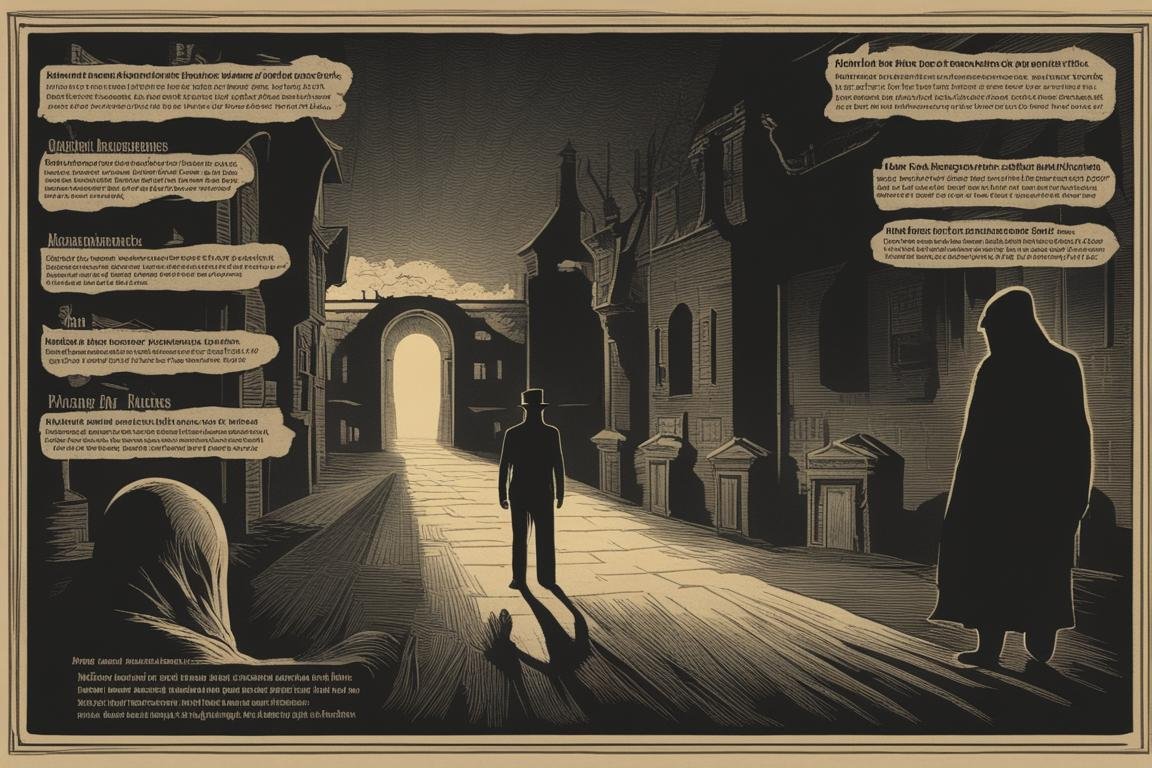
Demonic hauntings are in a league of their own and are far different from other types of hauntings. These entities are not human spirits; they are malevolent beings that have never lived in our physical realm. Their sole purpose is to cause harm and chaos. Encounters with demonic entities can lead to physical, mental, and emotional distress, and their presence is often accompanied by oppressive atmospheres, foul odors, and a feeling of absolute dread.
The key to distinguishing a demonic haunting from other types is the intensity and malice behind the interactions. These entities will often seek to isolate and terrorize their victims, wearing them down over time.
Insider Tip: If you suspect a demonic presence, do not attempt to engage with it. Professional spiritual intervention is often necessary to remove these entities.
5. Shadow People

Shadow people have become a hot topic in paranormal circles, and for good reason. These entities appear as dark, shadow-like figures, often seen out of the corner of the eye. They’re usually observed to be watching or following a person, disappearing when looked at directly. Unlike other hauntings, shadow people seem to be observing us, leading to various theories about their origins, from other-dimensional beings to manifestations of negative energy.
My encounter with a shadow person was brief but unforgettable. A dark figure appeared in the doorway of my room one night, only to vanish when I turned to face it directly. The feeling of being watched lingered long after.
6. Doppelganger

The doppelganger phenomenon is as eerie as it is intriguing. A doppelganger is an exact double of a living person, not just in appearance but often mimicking their behaviors and habits. Historical accounts, like those involving Abraham Lincoln and Queen Elizabeth I, describe encounters with their doppelgangers that were taken as bad omens.
Seeing one’s doppelganger or that of someone you know can be unsettling, raising questions about the nature of identity and existence. Some believe doppelgangers are supernatural entities with malicious intent, while others think they may be glimpses into parallel universes.
7. Inhuman Spirit
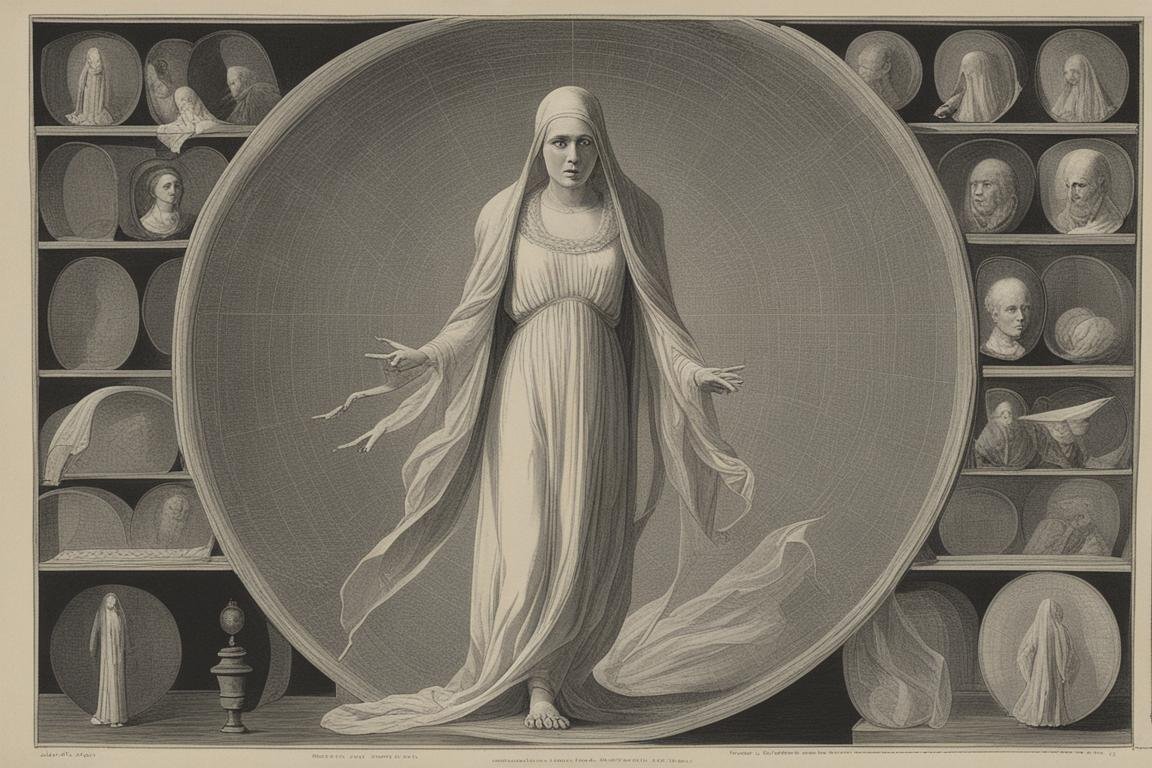
Lastly, inhuman spirits are a broad category that includes any non-human entity that doesn’t fit neatly into the demonic category. These can be spirits of animals, mythical creatures, or even entities that we have no context for understanding. Their intentions and ability to interact with the human world vary greatly, making them a wild card in the realm of the paranormal.
Encounters with inhuman spirits can be profoundly mystifying, offering glimpses into the vast and varied possibilities of the universe. Whether benign, indifferent, or malevolent, these entities remind us that the world is far more complex and mysterious than we can imagine.
In the realm of hauntings and spirits, understanding is our best tool. By learning about these seven common types of entities, we equip ourselves with the knowledge to navigate their mysteries and, when necessary, protect ourselves from their influences. Remember, the paranormal is inherently unpredictable, and while curiosity is natural, caution is always advised.
In conclusion, the world of spirits and hauntings is as diverse as it is fascinating. From intelligent hauntings that seek to communicate to the inexplicable phenomena of doppelgangers and shadow people, each type of entity offers a window into the unknown. As we explore these mysteries, let’s do so with respect, curiosity, and a healthy dose of skepticism. After all, understanding the unseen is a journey that can challenge our perceptions of reality, opening our minds to the incredible complexity of the universe that surrounds us.
Common Questions
Q.How are residual hauntings different from demonic hauntings?
A.Residual hauntings involve energy imprints, while demonic hauntings involve malevolent entities.
Q.Who experiences intelligent hauntings compared to demonic hauntings?
A.Both living individuals and spirits can experience intelligent hauntings, unlike demonic hauntings.
Q.What distinguishes poltergeist activity from demonic hauntings?
A.Poltergeist activity involves physical disturbances, while demonic hauntings involve malevolent entities.
Q.How can one differentiate between demonic hauntings and shadow people?
A.Shadow people are perceived as dark silhouettes, whereas demonic hauntings involve malevolent entities.
Q.What makes a residual haunting distinct from a demonic haunting?
A.Residual hauntings are repetitive energy imprints, unlike demonic hauntings with malevolent entities.
Q.How can one tell if a haunting is residual rather than demonic?
A.Residual hauntings lack interaction, unlike demonic hauntings with malevolent intent.

